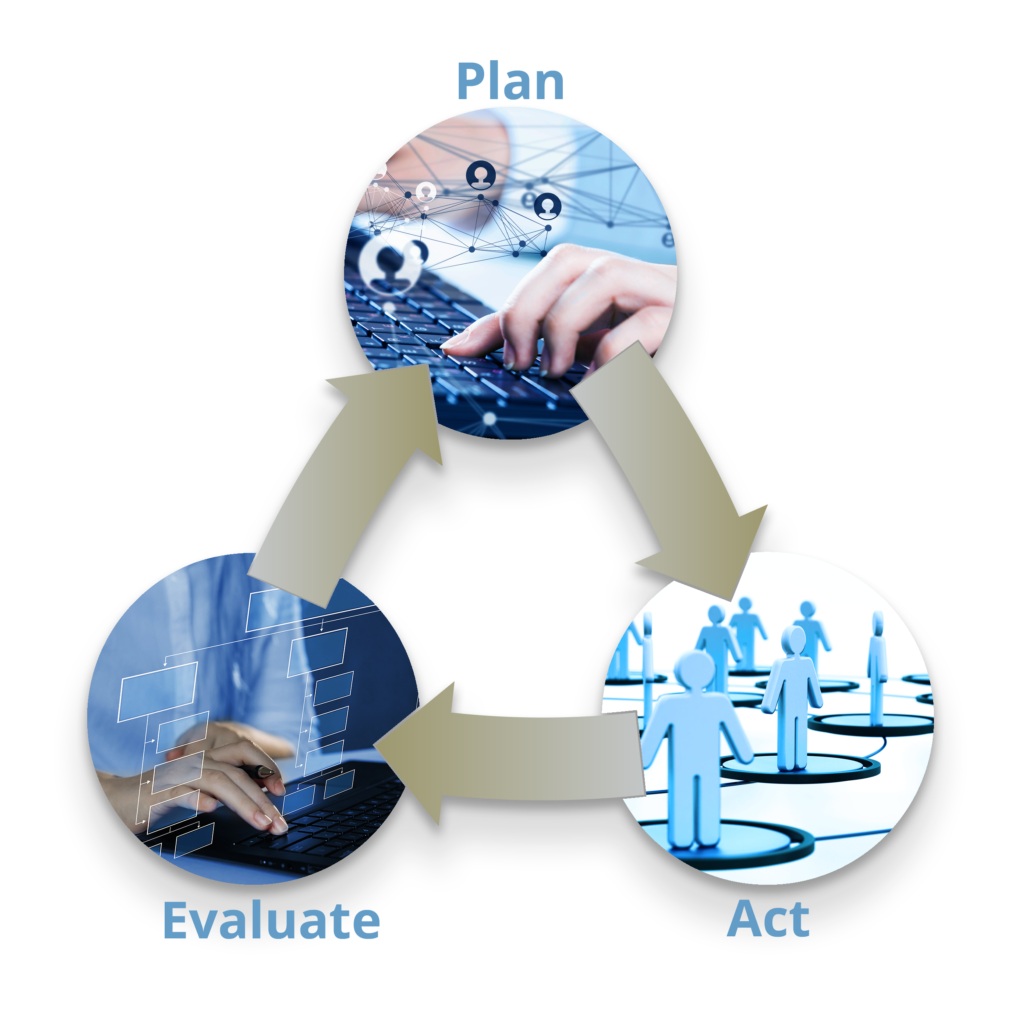
Data Sources Overview
Last Updated: August 2022
Understanding the various data sources that may be at your disposal and subsequently how to appropriately incorporate them into any kind of surveillance procedures will prove vital to a jurisdiction’s success in building robust alert protocols. The following sections offer examples of the kinds of data sources that may be considered when building alerting protocols.
This Toolkit section outlines how data may be derived from a number of systems including:

Jurisdictions may choose to use a single data source or a combination of data sources in their alert protocols. Toolkit section “Data Sources and Considerations” outlines key considerations to reference when using these commonly used data sources in overdose anomaly alerts.
Identify Available Data Sources and Surveillance Systems
| Data Source | Brief Description |
|---|---|
| National Syndromic Surveillance Program (NSSP) | Syndromic surveillance data received from emergency departments, urgent and ambulatory care centers, inpatient healthcare settings, and laboratories |
| State Syndromic Surveillance Systems | Syndromic systems developed outside and used separately from NSSP’s BioSense Platform and Electronic Surveillance System for Early Notification of Community-based Epidemics (ESSENCE) |
| Emergency Medical Systems | Data includes services that are provided outside of the hospital setting that includes transport to care facilities – systems include the National Emergency Services Information System (NEMSIS) and biospatial. |
| Medical Examiners and Coroners (ME/C) | Includes post-mortem toxicology testing finding, medical history, drug use history, and death scene investigation. |
| State Unintentional Drug Overdose Reporting System (SUDORS) | Abstracts data from ME/C reports and integrates with death certificate data and toxicology reports |
| Prescribing Systems | Physician prescribing data including systems such as IQVIA, Prescription Drug Monitoring Programs (PDMP), and Prescription Behavior Surveillance System (PBSS) |
| Poison Center Data | Information about specific agents or clinical management guidance about suspected or known chemical, drug, and other exposures. |
| State Police Data | Drug seizure investigation data |
| High Intensity Drug Trafficking Areas (HIDTA) | First responder data for drug trafficking and use of illegal drugs, related to violent crime and money laundering |
| Overdose Detection Mapping Application Program (ODMAP) | A free, web-based software platform to support reporting and surveillance of fatal and nonfatal drug overdoses |
| Syringe Service Programs | Information regarding new trends and substances |
Toolkit Resources
Get more insights by using our toolkit resources.
Go to Resources
Glossary
Learn the definition of the key words being used.
Go to Glossary
Thanks
Thank you, to all of our contributors.
View our contributors

the public’s health.
Contact Us
Have any questions or recommendations, you can contact us at overdose@cste.org
